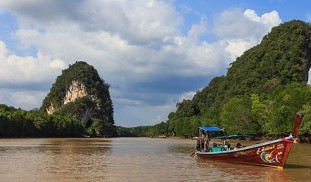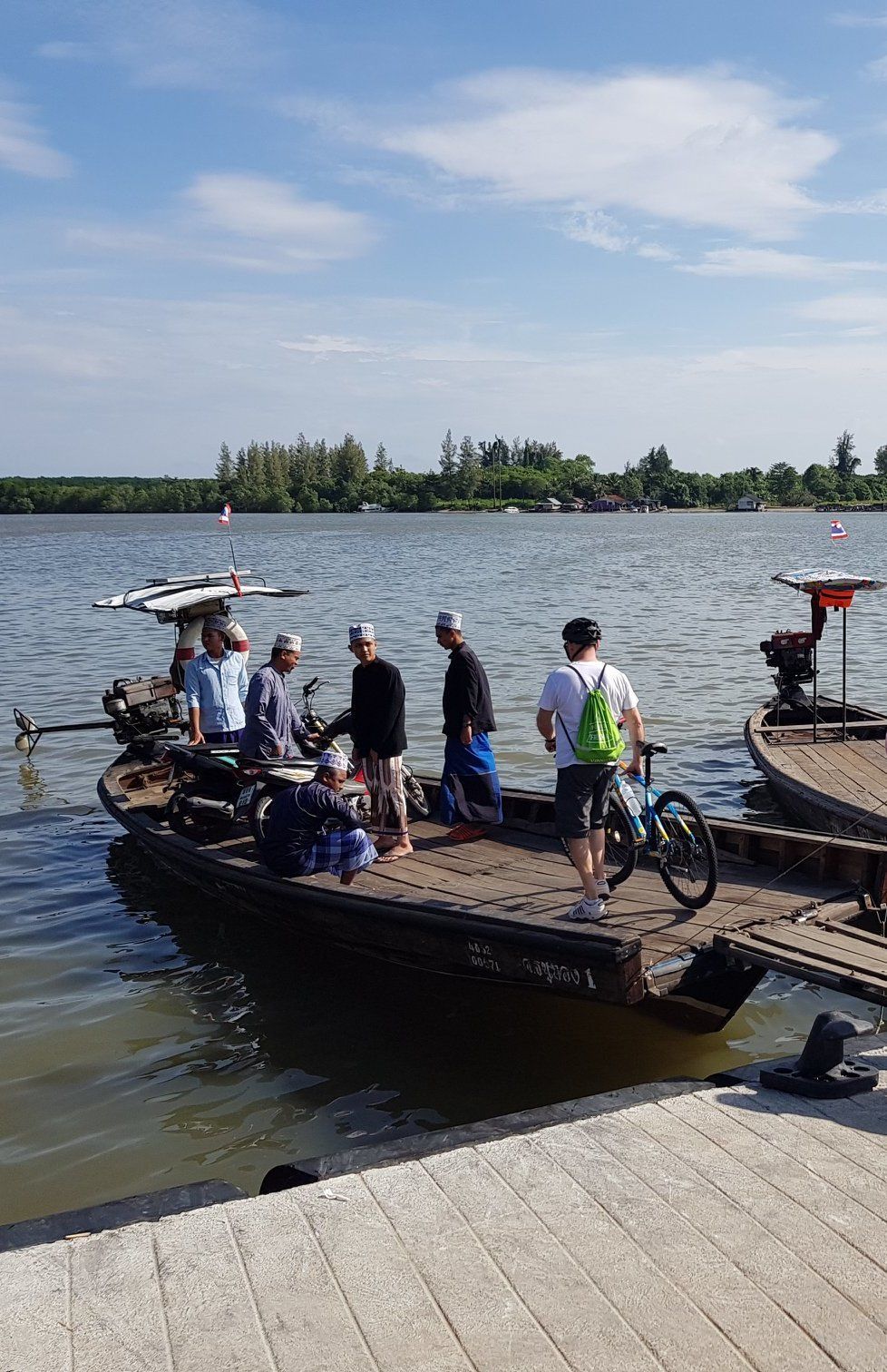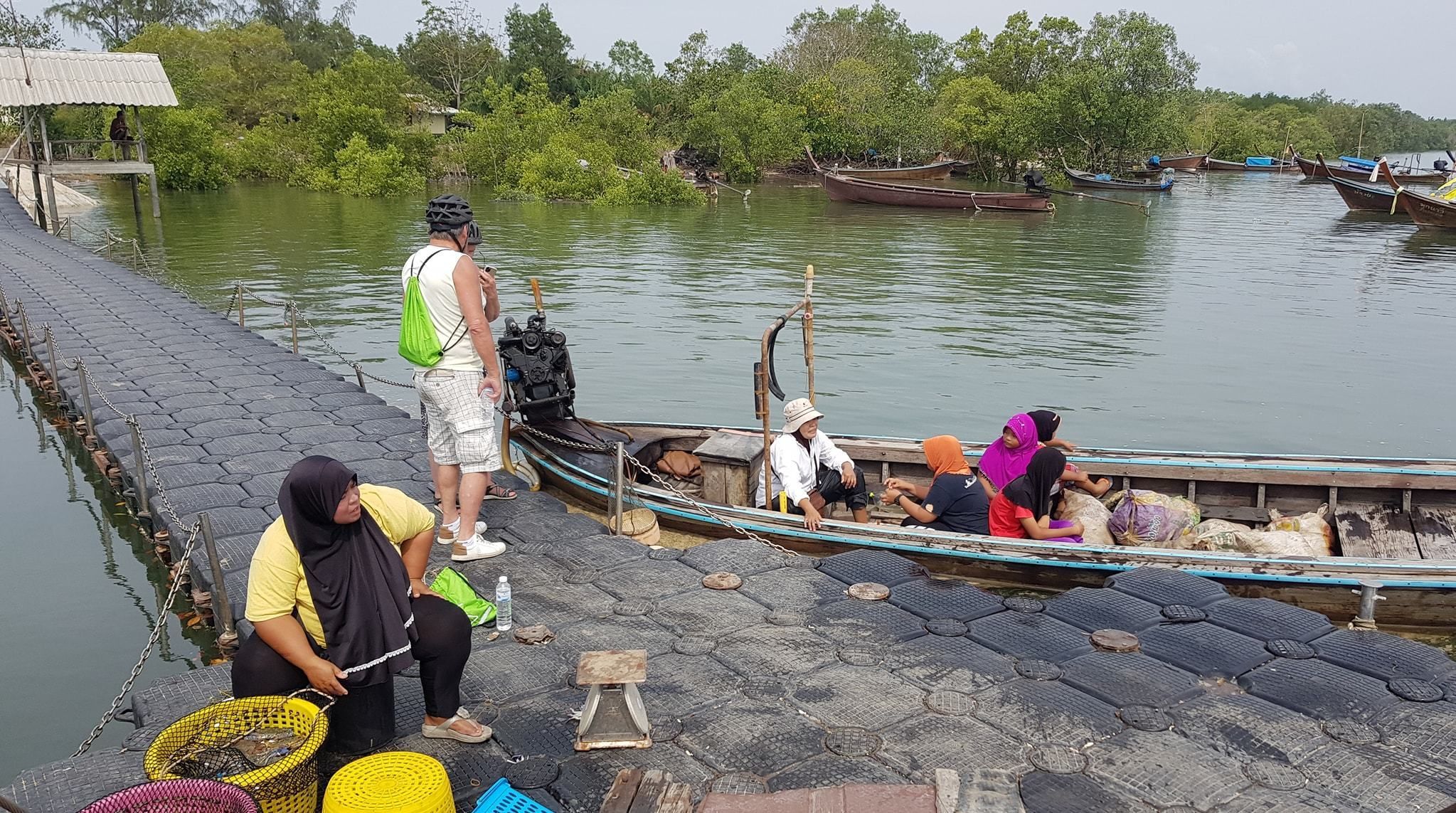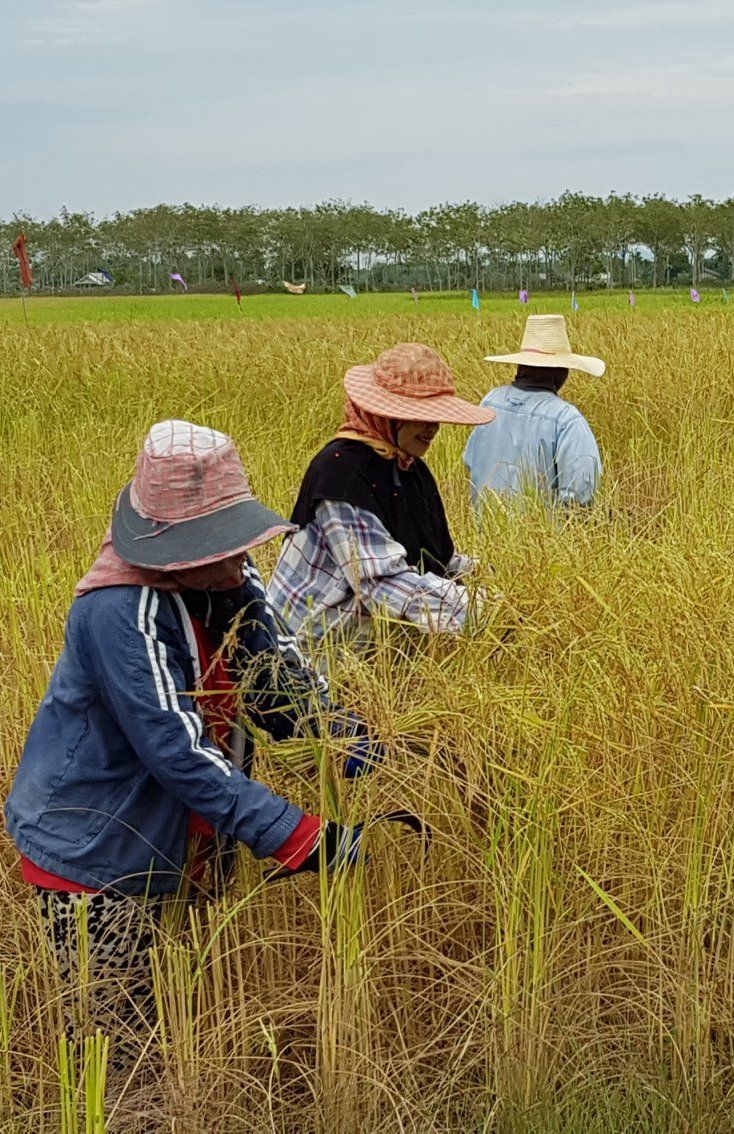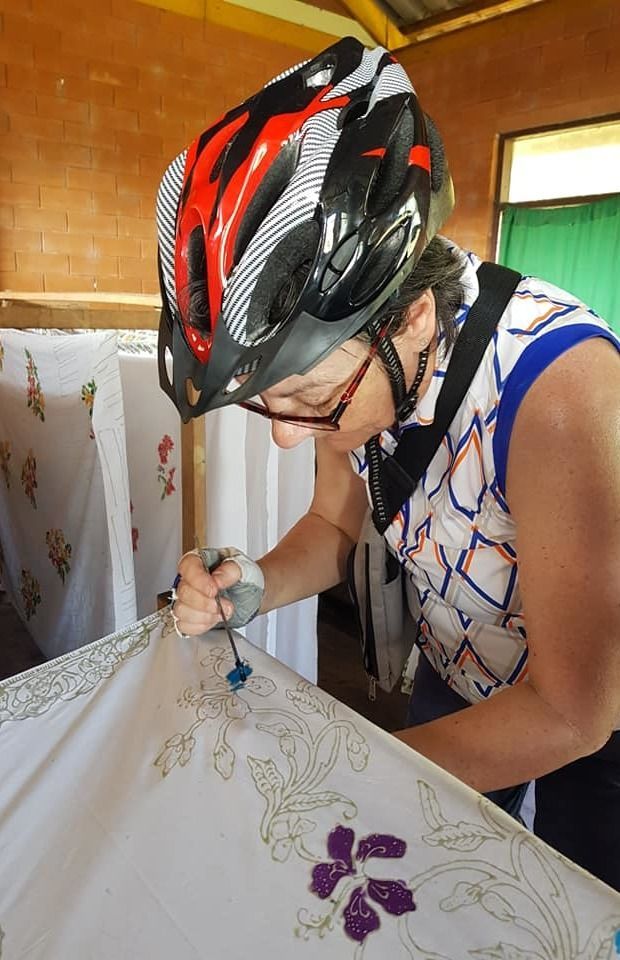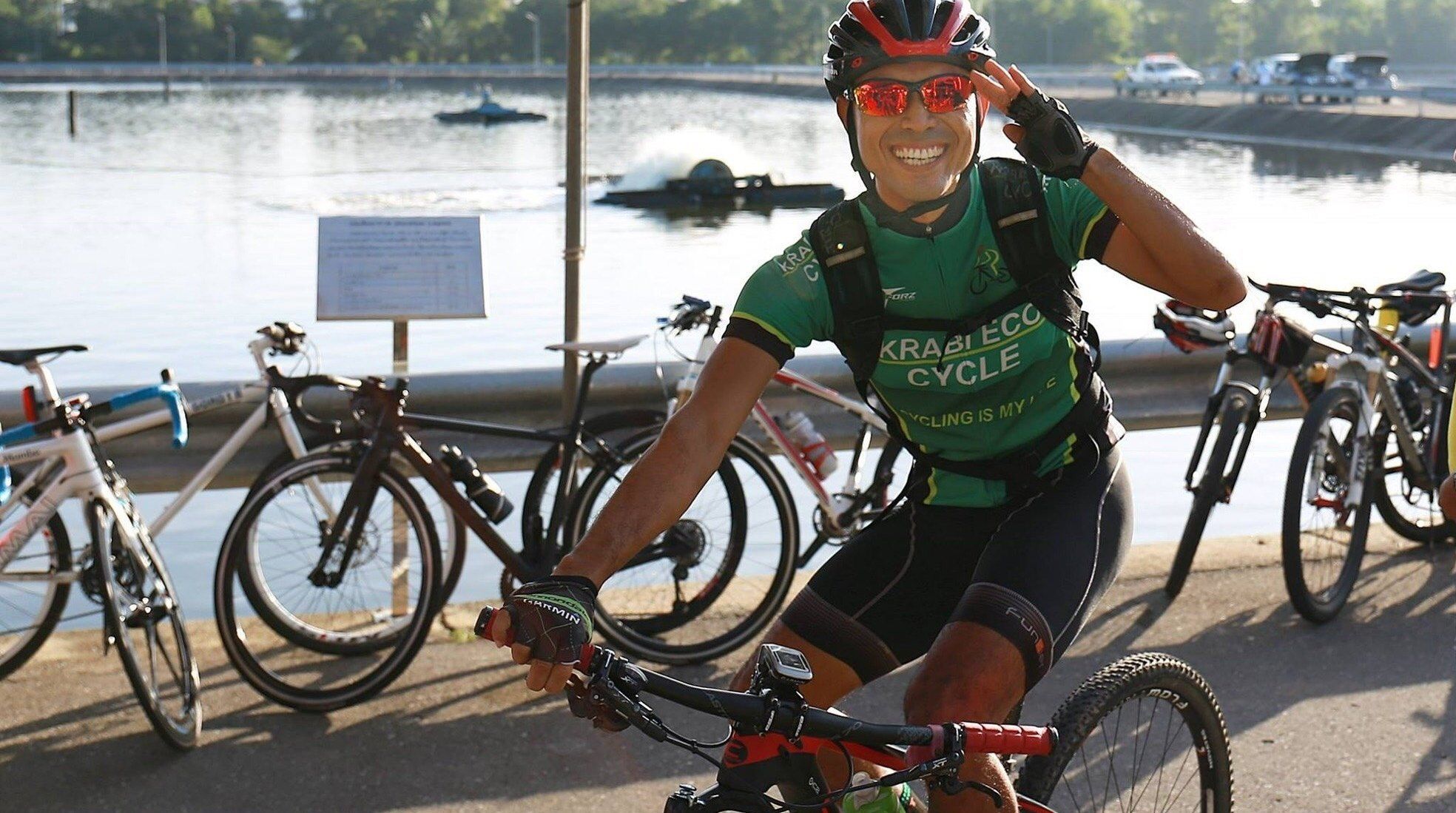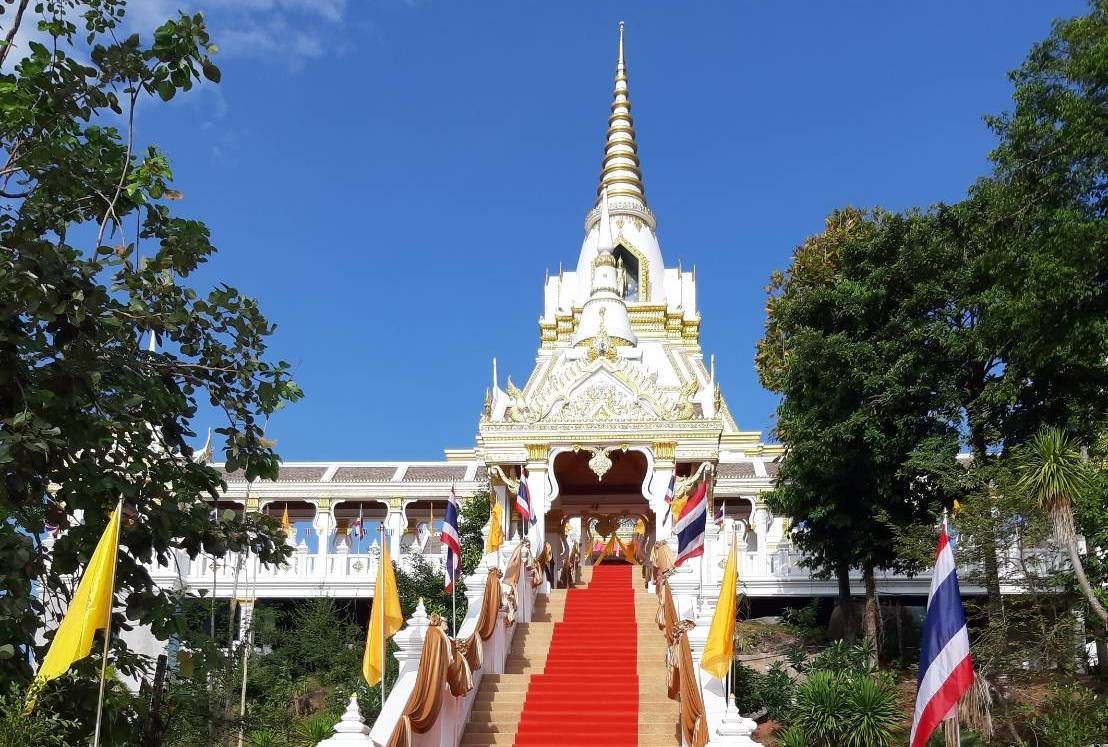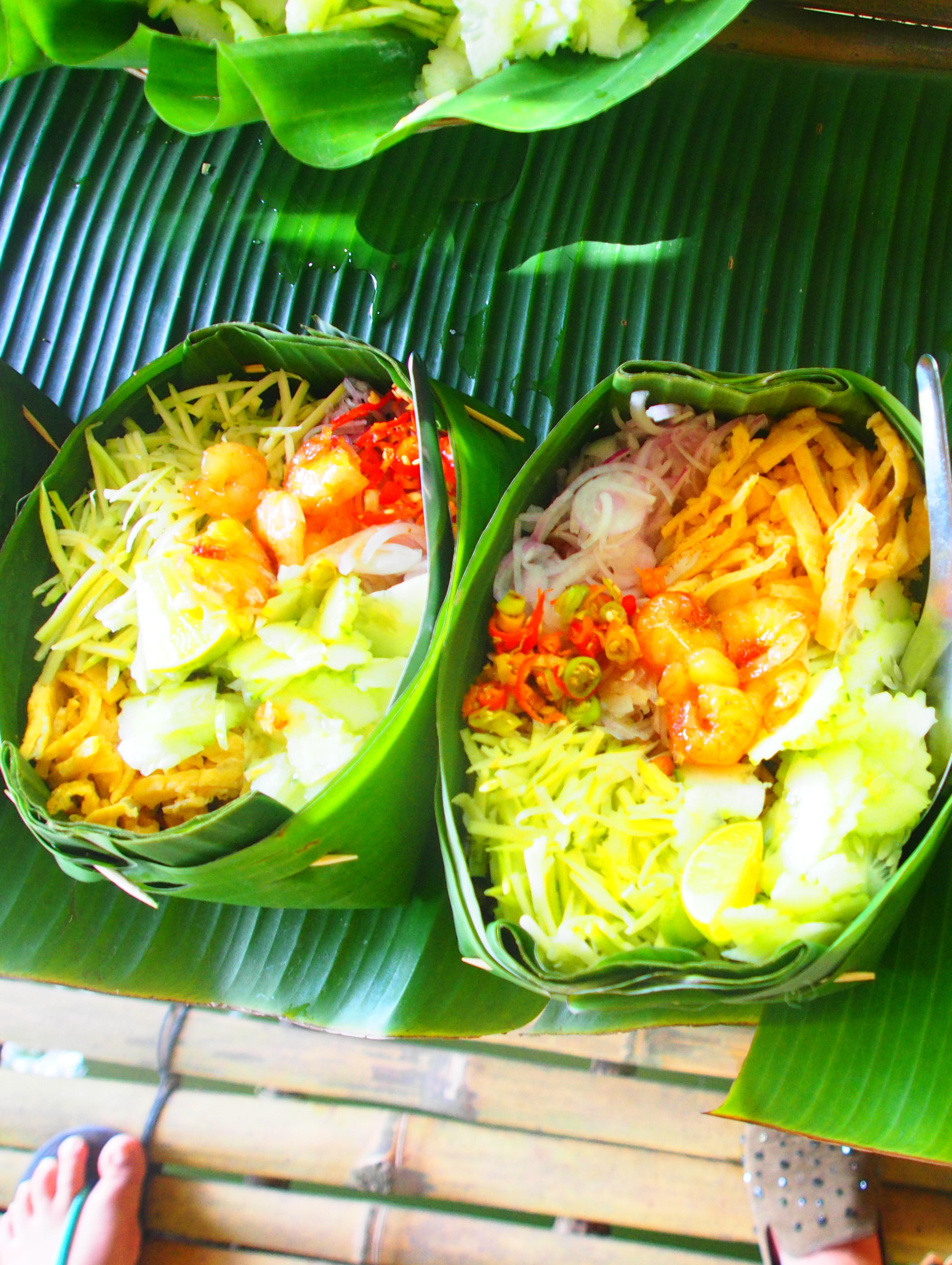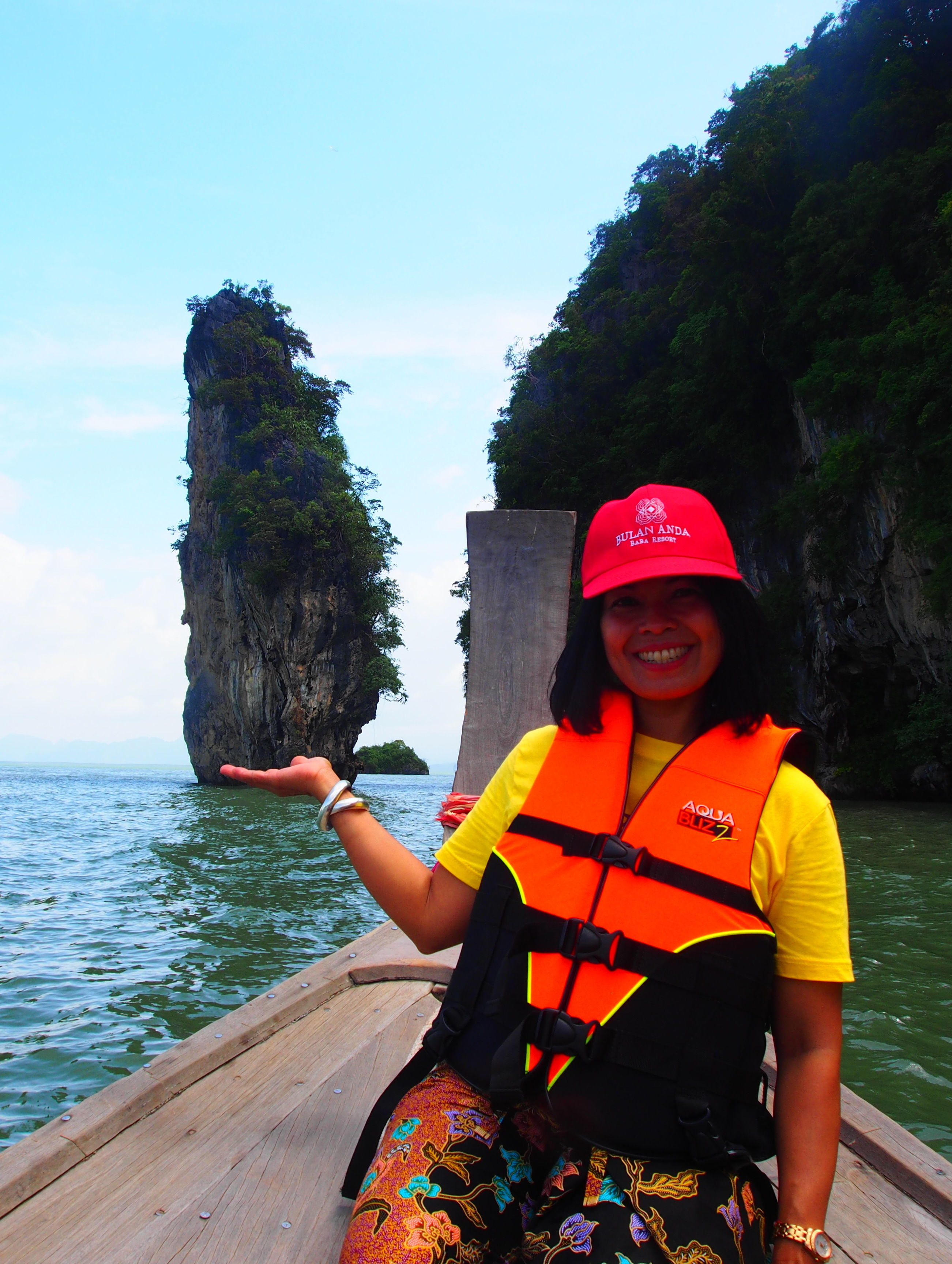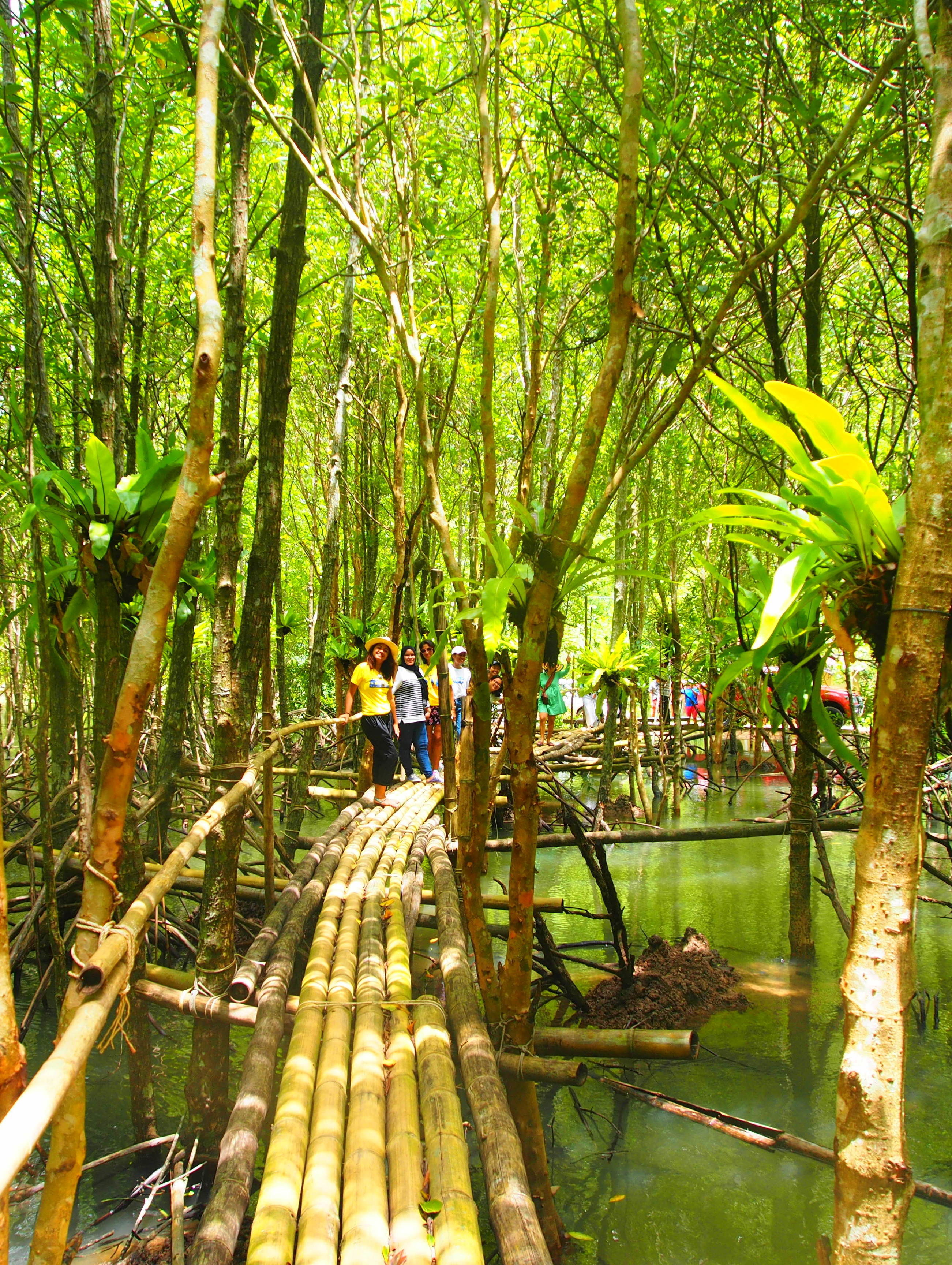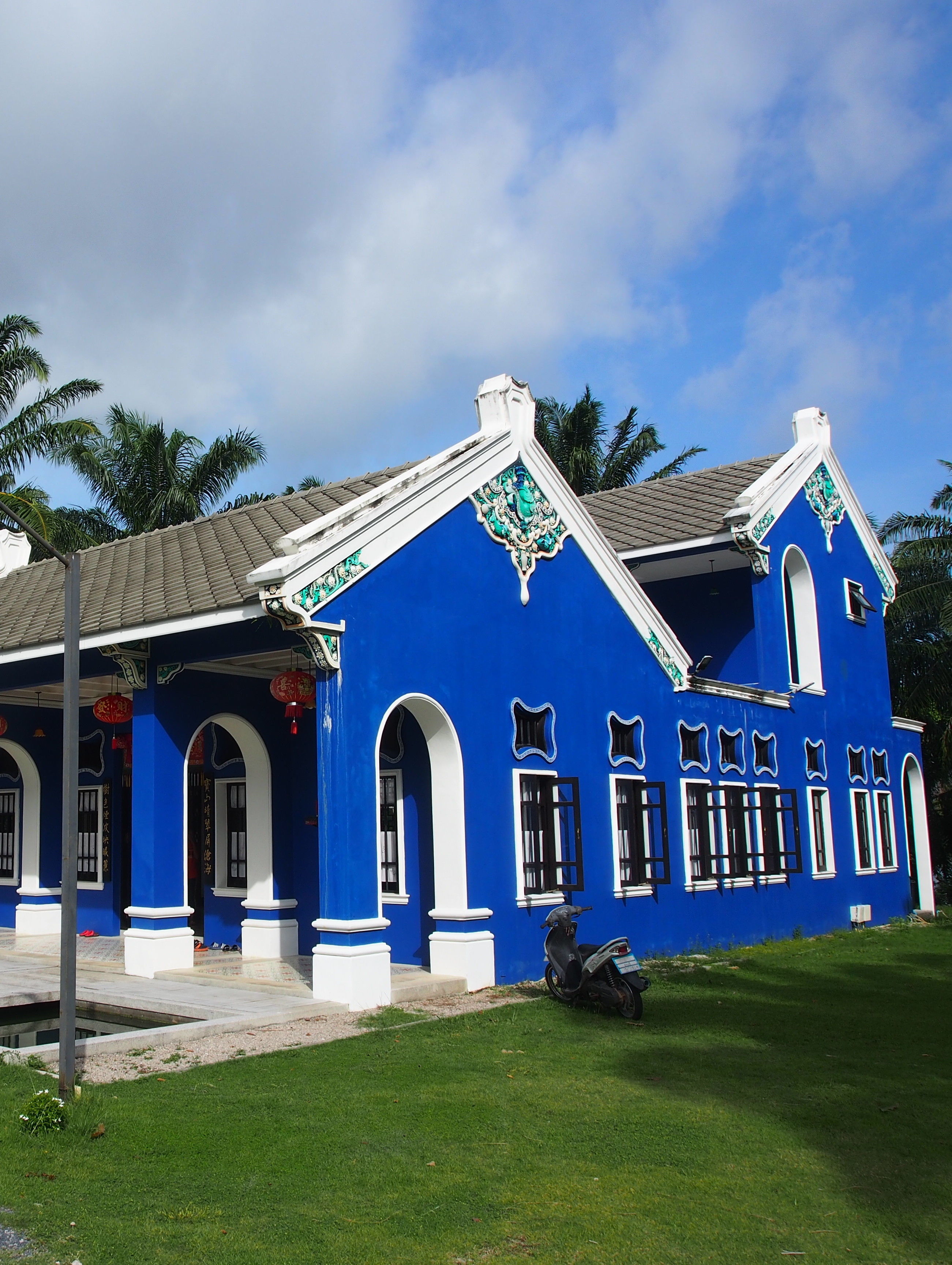Krabi Sustainable Tourism
History of Krabi
Archeological evidences suggest that Krabi was a prehistoric community that has existed since the past until today. A lot of tools of the stone Age were widespread, and ancient color paintings were found in many caves in Krabi.
Krabi is one of the 12 signs of the zodiac. The logo of the province is the monkey (the year of the monkey). Krabi was founded in the reign of King Rama V of the Rattanakosi Kingdom. At that time, Krabi was only a district under the administration of Nakorn Si Thammarat, called "Pakasai District" In 1872, Krabi was appointed a city and given the name "Krabi City" by the King. Luang Thep Sena was the first governor of Krabi.
In 1875, Krabi was appointed a fourth-degree outer town reporting directly to Bangkok in 1900, Phraya Ratsadanupradit (Kosimby Na Ranong), the lord lieutenant of Phuket, moved the city to Pak Nam sub-district, a deep channel near the estuary where large ships could easily approach the port. This has become the provincial hall until today.
Meaning of the Name Krabi
Lore has it that local villagers found an ancient sword and gave it to the governor. Shortly after, another bigger sword was found and given to the governor again. The governor crossed the two swords in a mountain cave by a river while anticipating the establishment of the city. Later, crossed swords or sabers became the logo of the city. Different lore holds that the word "Krabi" is derived from the name of a local plant, "Lumpi," so the city is called Ban Lumpi. Then, the word is mispronounced by Malay and Chinese traders to "Ban Ka Lu Bi" or "Kolobi," which is later pronounced "Krabi" by Thais.
Krabi Sustainable Tourism
Today, the mainstream tourism of Krabi is accepted worldwide, which, as a result, has an inevitable impact on the society, community, and lifestyle of local villagers. Adaptation to maintain balance is crucial and urgent, which aligns with the national development agenda at the macro and micro level. Local comminities must improve and adapt. Local lifestyle must accommodate new forms of tourism to establish security, prosperity, and sustainability in local communities. Today, Krabi is ready to welcome visitors to all of our tourism communities, each of which reflects its unique and interesting identity, wisdom, and lifestyle.
Dos and Don'ts for CBT (Community Based Tourism)
Tourism communities in Krabi feature cultural and religious diversity. Populations are made up of Buddhists, Muslims, Christians, and Hokkien Chinese who pass on Peranakan, or Baba-Nyonya, culture. Their community practice is strict, thus visitors should be advised and prepared before entering their communities. Like the Thai temple, Please take off shoes, Dress politely and do not talk loudly.
Recommendations
Every tourism community has its habitual everyday life. Community-based tourism is an additional occupation. Every community has community coordinators to welcome visitors. Before visiting each community, visitors should contact community coordinators to make an appointment and arrange an appropriate travel program. Many activities depend on the tide, and some activities are not organized daily. Visitors who do not make an appointment prior to their visit might not receive the hospitality and convenience described in this website.


